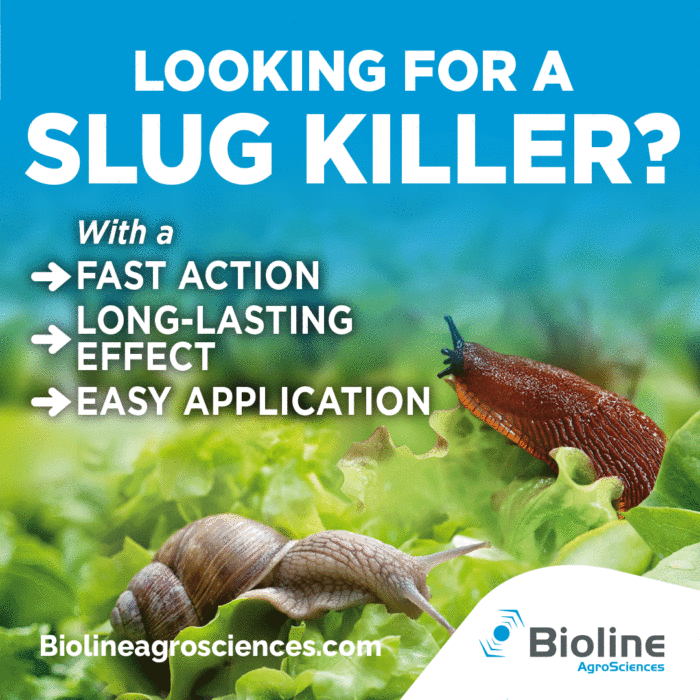Chrysoline biological control agent contains the second instar larvae of Chrysoperla sp. They are commonly known as Green Lacewings. Chrysoperla sp. larvae are predators of insects, mites and aphids. Adults feed only on nectar and pollen, and are not predatory.
Key Features
- Targets a broad spectrum of aphid pests on different plants, thus reducing the worry of making an incorrect species identification.
- One larva can eat more than 200 aphids.
- Easy to observe and monitor.
- Adults disperse and hunt down aphid colonies. Adult females lay single eggs on long stalks, usually on the underside of leaves. When the larva hatches, it immediately moves down this stalk until it reaches the leaf surface, where it begins to search for prey.
- Ideal for hot spot treatments due to its quick knock down effect on aphids.
- Larvae need food to survive and complete their larval stages so Chrysoline is not suitable for preventive use.
Main uses
- Aphids
- Mealy Bugs







